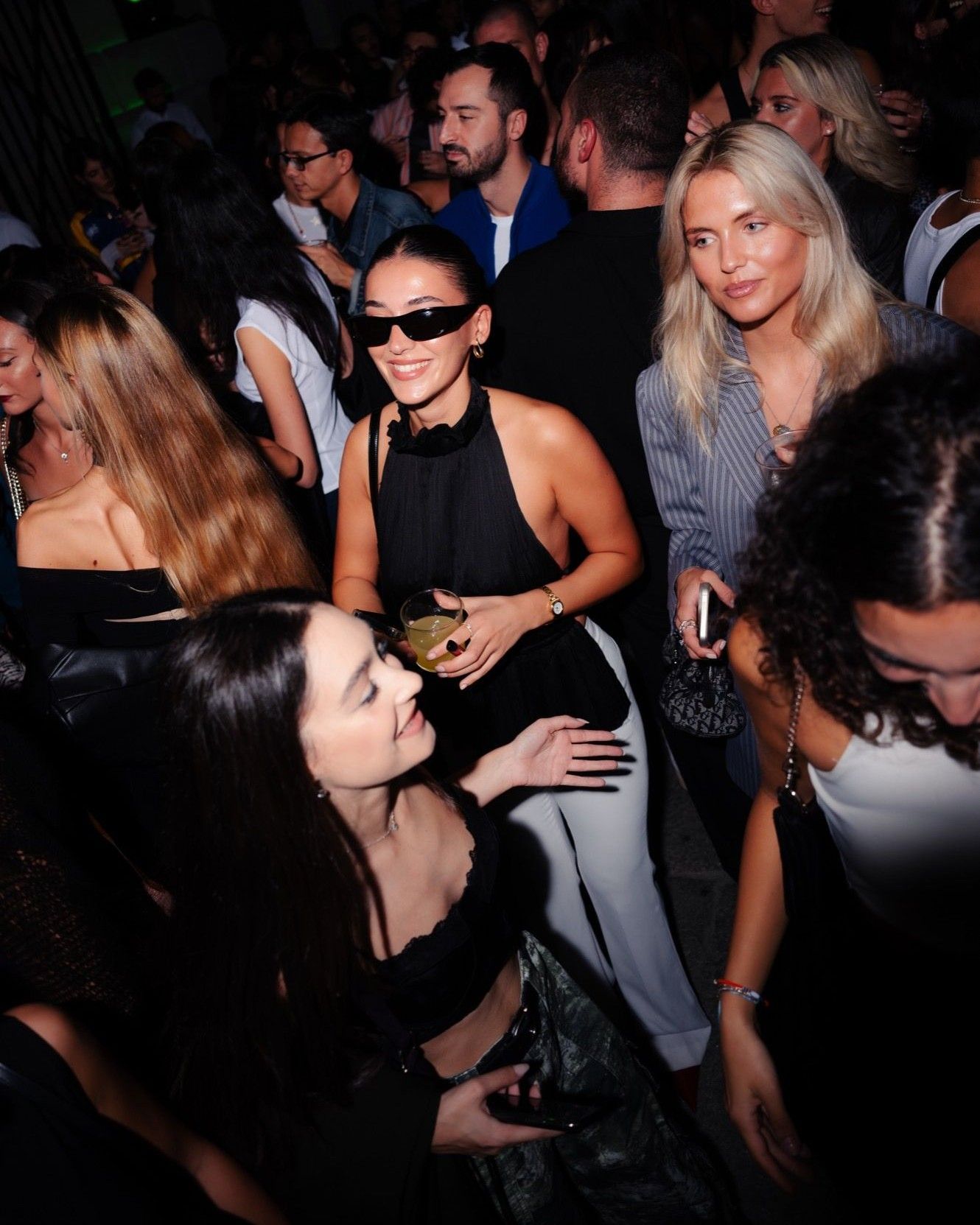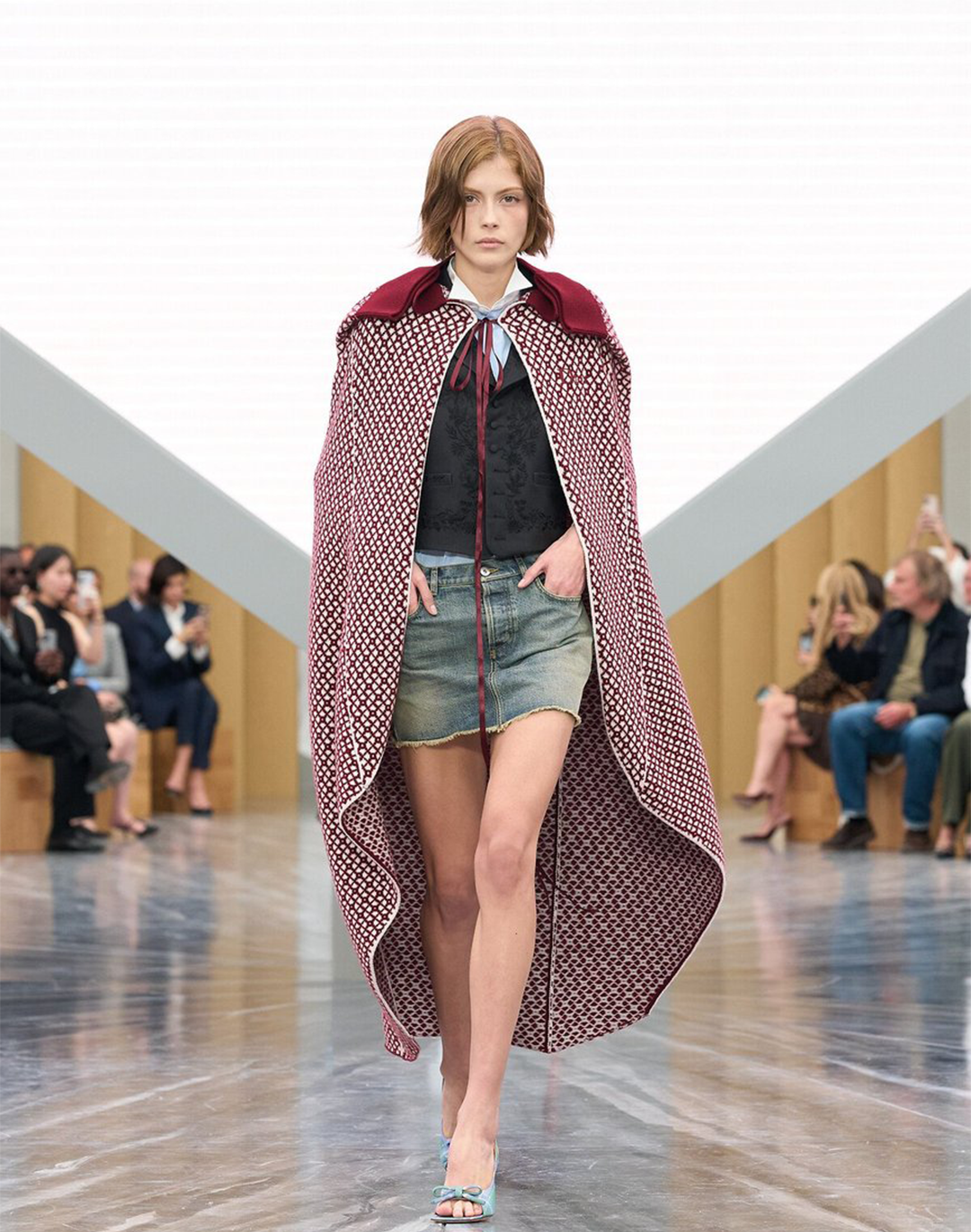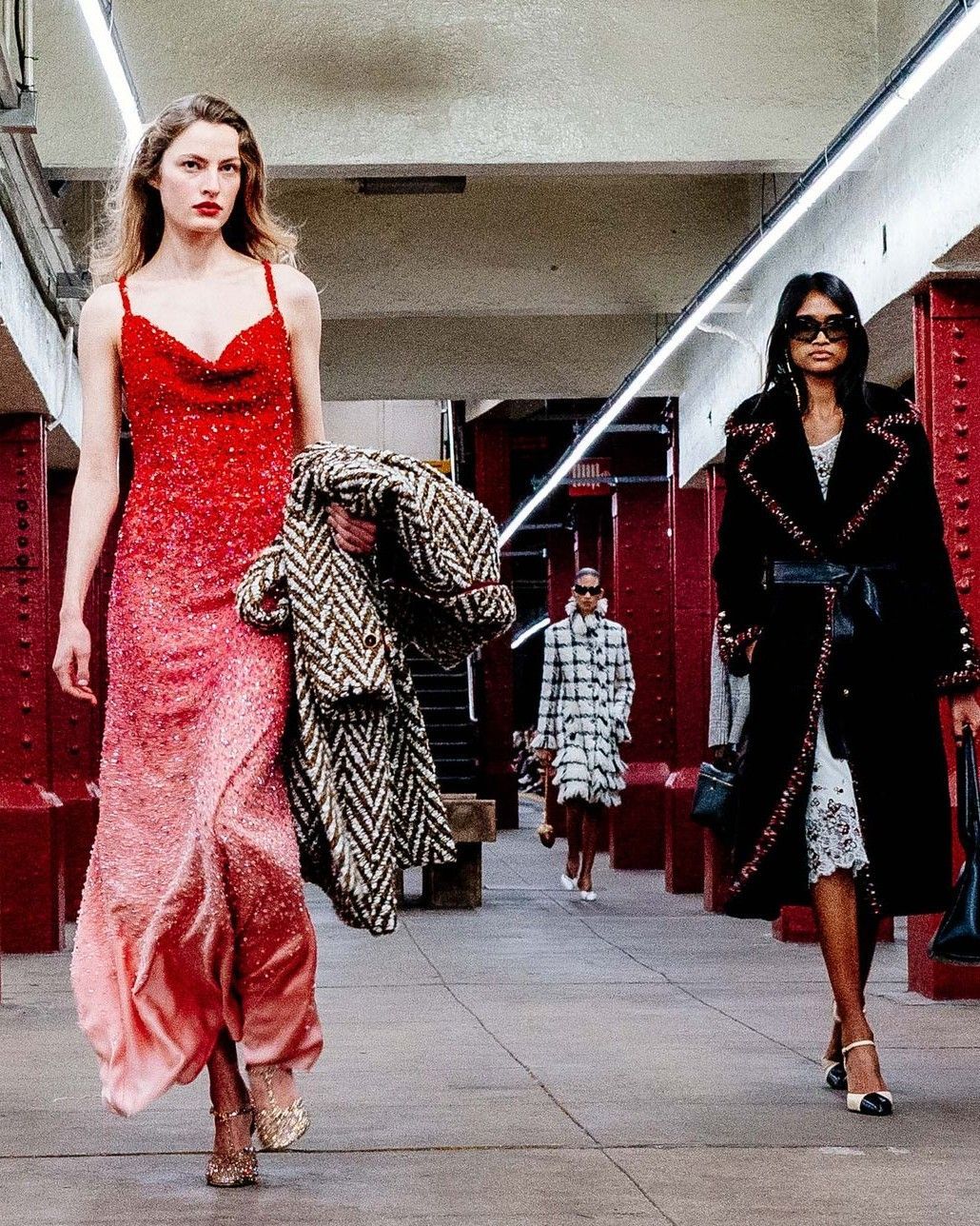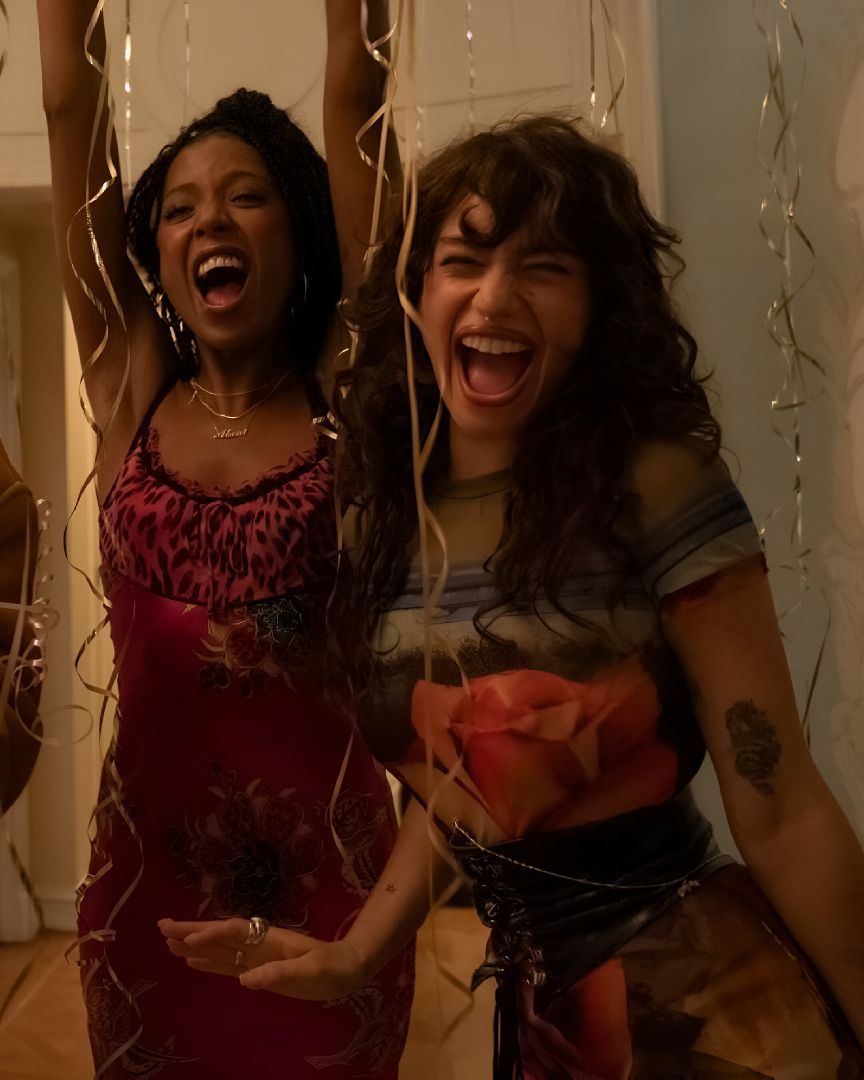
Is it still worth going to after parties in fashion week? Once an institution, today they have lost some of their luster
Everyone loves going to fashion shows, but if you ask a true fashion insider, everyone prefers attending the after-parties. Indeed, in the midst of fashion week, shows are beautiful but hectic moments: you arrive and sit down amidst the confusion, wait for the inevitable half-hour or more of delay, and finally watch the show, often through phone screens. When it's over, some journalists (only the most distinguished) rush backstage for interviews while everyone else hurries off to the next show. All while wearing an outfit fit for the occasion. In short, it's quite a formal affair, often rushed, even more often chaotic. And it was precisely to relieve all this pressure that after-parties originally came into being: more or less private parties that the brand hosted for its team and its community of friends, celebrities and clients where the high tension of the days leading up to the show could be released. Their guest list was limited to the aforementioned team, a few celebrities or managers tucked away in a VIP area, and various guests – they were fun, full of people to meet, and often quite wild. They were much more exclusive than the shows because the latter were attended for work, whereas an invitation to the parties signaled a deeper connection, if not appreciation. They were more exclusive because you could also meet top models, movie or music stars, powerful and visible people – being on the guest list meant being part of that it-crowd, being in rather than out. Needless to say, things are quite different today – but why?
@madou01_ There might be a huge lack of organization as well tho But GODDDD, it’s annoying! #milanofashionweek #milanfashionweek #fw24 original sound - MADOU01_
«At fashion week parties, you don’t go to have fun, you go to be seen», is the motto of numerous PRs and insiders as the dates for London, Paris, or Milan approach. What they mean is that usually the ultimate goal of a party is to dance, flirt, have a few drinks, and let loose – but any fashion worker who finds themselves at one of these parties today knows they don’t have the freedom to let loose, drink as much as they want, or risk finding themselves in inappropriate situations. Even the notion of “dancing like no one’s watching” loses its meaning when everyone is watching, especially CEOs or creative directors, employers, or colleagues from other companies. And exclusivity is also an interesting issue to discuss. Today, if the thrill you seek is being invited into the most restricted circle, the invitation you’re looking for is to the brand’s private dinners: thirty or forty seats, a guest list that includes movie stars and the crème de la crème of influencers, top brand executives, and finally, the designers, sitting side by side with other guests. That’s the real exclusivity, the true access. The parties, nowadays, are much more cumbersome affairs: long lines and lists, venues so crowded you can’t move, swarms of industry extras (or aspiring ones) coming in search of an open bar and show-off, VIPs and designers closed off in an inaccessible VIP area, which is a party within the party. In short, from being special occasions, many after-parties have become crowd gatherings where, ironically, getting a drink is incredibly difficult, letting go is discouraged, and even getting in is complicated despite being on the list.
@saintleone Always bring a pen with you to every night out. Thank you @NELLO TAVER #lifehacks #milanfashionweek #mfw #milan #afterparty #valentinaferragni original sound - Saint Léon
On paper, these parties remain exclusive, if you’re on the list, you’re there for a reason, but in practice, when you emerge from the human tide, it feels like you’re breathing fresh air for the first time. It’s also true that no brand wants to throw a boring party: the location needs to be high-quality, there should be plenty of people, especially high-profile ones, a line of curious onlookers outside, and people should be having fun, not standing stiff. Nonetheless, during past fashion weeks (at least in Milan), several after-parties had to close access for exceeding capacity; the chaos reached such a level that many guests simply couldn’t get in and left at the sight of the crowd. The problem with these parties is almost the same as with today’s fashion, which doesn’t really know who it’s targeting, whether the young cool kids of the moment or a more serious audience with purchasing power. This has led to these parties either losing their essence or, to be more conciliatory, changing their nature: have they too become just another marketing tool?














































